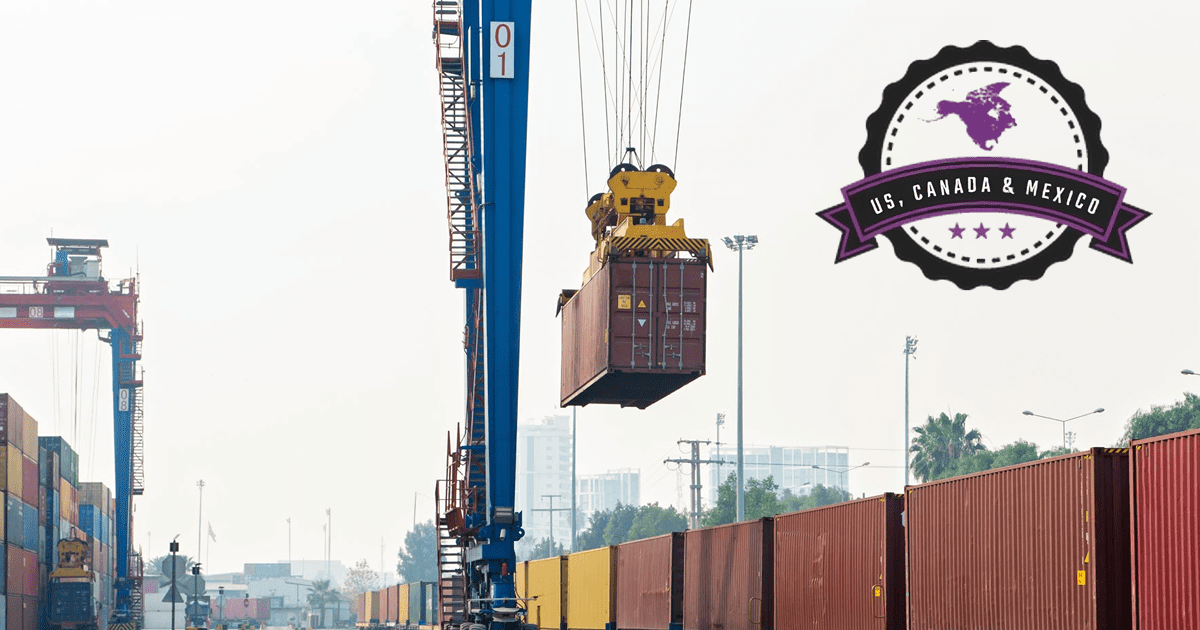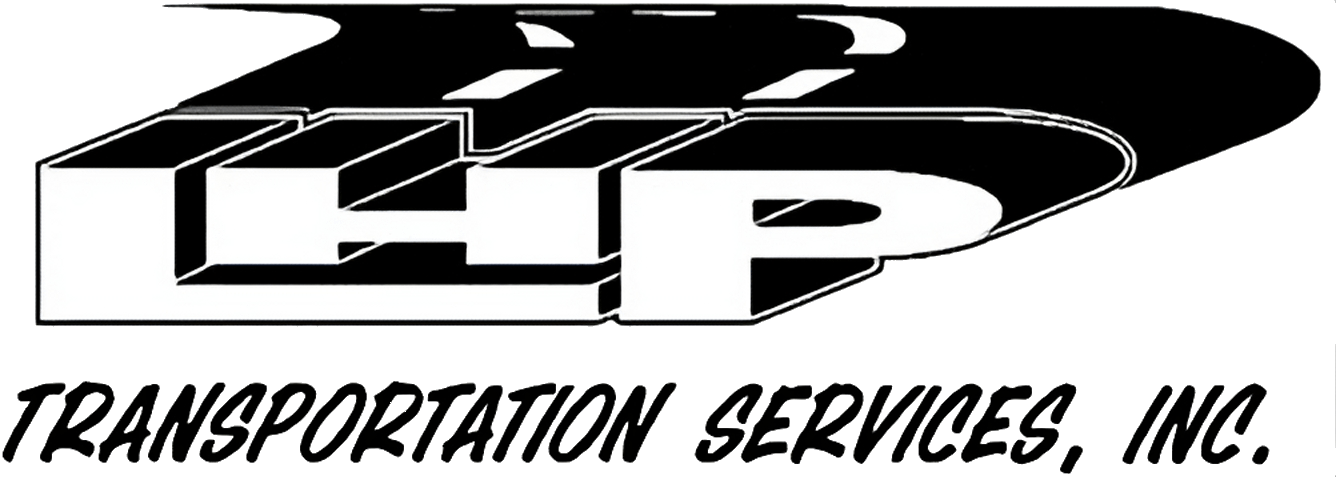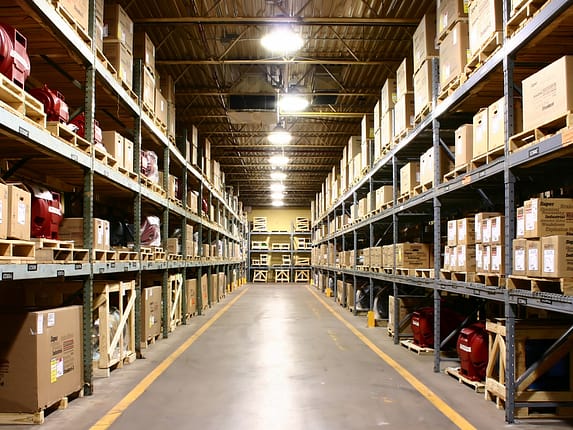
Intermodal Shipping: A Comprehensive Guide From LHP Transportation Services
Intermodal shipping refers to the use of multiple modes of transportation to move goods from origin to destination without handling the freight itself when switching modes. It’s a process that involves containers or trailers being transported by a combination of rail, truck, and sometimes sea. This guide provides an overview of how intermodal shipping works, its benefits, and steps to optimize cost and transit times.
How Intermodal Shipping Works:
- Origin Truck Movement: Goods are first loaded into containers or trailers. These are then moved by trucks to an intermodal ramp.
- Rail Movement: At the ramp, the containers are transferred onto specialized rail cars for long-haul transportation.
- Destination Truck Movement: Once reaching the destination ramp, the containers are transferred back to trucks for the final leg of the journey, which is the delivery to the end receiver.
Benefits of Intermodal Shipping:
- Cost-Effective: Typically cheaper than over-the-road trucking, especially for long distances.
- Environmentally Friendly: Trains emit fewer greenhouse gases per ton-mile compared to trucks.
- Safety and Security: Reduced road congestion leads to fewer accidents. Plus, the containers are sealed until the final destination, minimizing theft.
- Scalability: Easily handle increased volumes by adding more containers to the train.
- Reduced Wear and Tear: Less trucking means reduced wear on highways and infrastructure.
Steps to Get the Best Rates and Transit Times:
- Plan Ahead: Ensure you know the schedules of trains and have the flexibility to adapt.
- Choose the Right Intermodal Provider: Not all providers offer the same routes or rates. Research and choose one with a good reputation such as LHP Transportation Services.
- Optimize Container Utilization: Ensure that containers are fully loaded to maximize space and value.
- Stay Informed: Monitor weather conditions, rail schedules, and other variables that could impact transit times.
- Build Strong Relationships: Establishing good relationships with providers can yield better rates and priority handling.
Major Rail Hubs in North America:
 United States:
United States:
- California: Los Angeles, Oakland
- Illinois: Chicago (one of the largest in North America)
- Texas: Dallas, Houston
- Georgia: Atlanta
- Missouri: Kansas City
- Ohio: Columbus
- New Jersey: Newark … and many more.
Canada:
- British Columbia: Vancouver
- Alberta: Calgary, Edmonton
- Ontario: Toronto
- Quebec: Montreal
Mexico:
- Nuevo León: Monterrey
- State of México: Toluca
- Jalisco: Guadalajara
- Baja California: Tijuana
It’s essential to recognize that the effectiveness of intermodal shipping is reliant on a strong and efficient rail infrastructure. Major rail hubs play a critical role in facilitating and optimizing this method of transportation.
Conclusion: Intermodal shipping offers an effective, efficient, and eco-friendly solution for transporting goods over long distances. By understanding its benefits and being strategic in its implementation, shippers can save money, reduce transit times, and minimize their carbon footprint.




